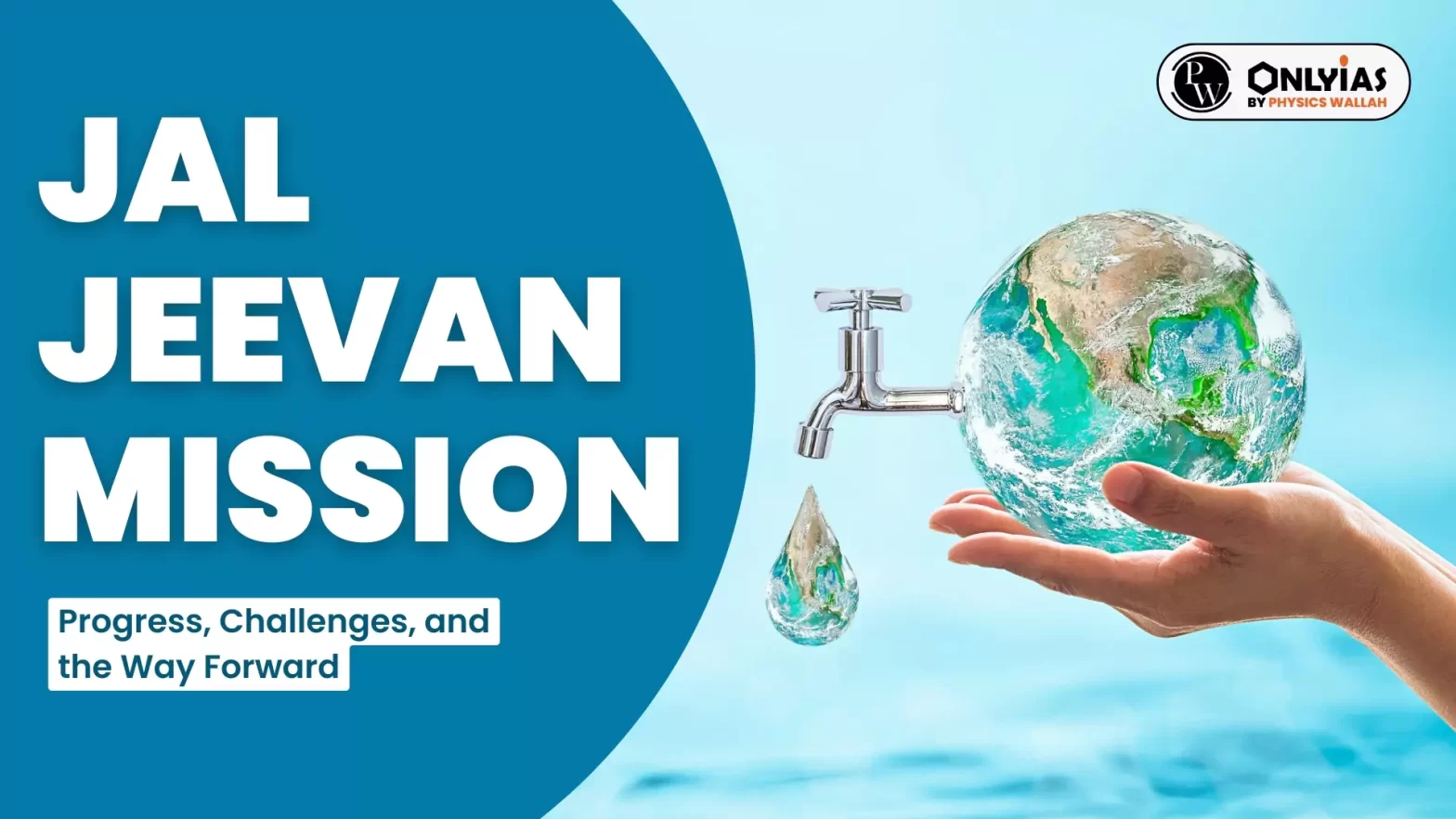![]() 9 Mar 2024
9 Mar 2024

This editorial is based on the news “ Securing India’s water future – Opinion News” which was published in the Financial Express. Inadequate rainfall, dwindling Cauvery levels and depleting borewells have culminated into Bengaluru facing a severe water crisis.
| Relevancy for Prelims: Jal Jeevan Mission, NITI Aayog, Water Conservation, Water Resources, and How Can India Balance Its Water Demand And Supply?.
Relevancy for Mains: Issue of Environment, Conservation and Degradation. |
|---|
Issue of Water Crisis in India:
|
|---|
| Prelims PYQ (2020):
Consider the following statements: 1. 36% of India’s districts are classified as “overexploited” or “critical” by the Central Ground Water Authority (CGWA). 2. CGWA was formed under the Environment (Protection) Act. 3. India has the largest area under groundwater irrigation in the world. Which of the statements given above is/are correct? (a) 1 only (b) 2 and 3 only (c) 2 only (d) 1 and 3 only Ans: (b) |
|---|
| Mains Question: “The ideal solution to depleting ground water resources in India is a water harvesting system. “How can it be made effective in urban areas? [250 Words, 15 Marks] |
|---|
| Must Read | |
| NCERT Notes For UPSC | UPSC Daily Current Affairs |
| UPSC Blogs | UPSC Daily Editorials |
| Daily Current Affairs Quiz | Daily Main Answer Writing |
| UPSC Mains Previous Year Papers | UPSC Test Series 2024 |

<div class="new-fform">
</div>